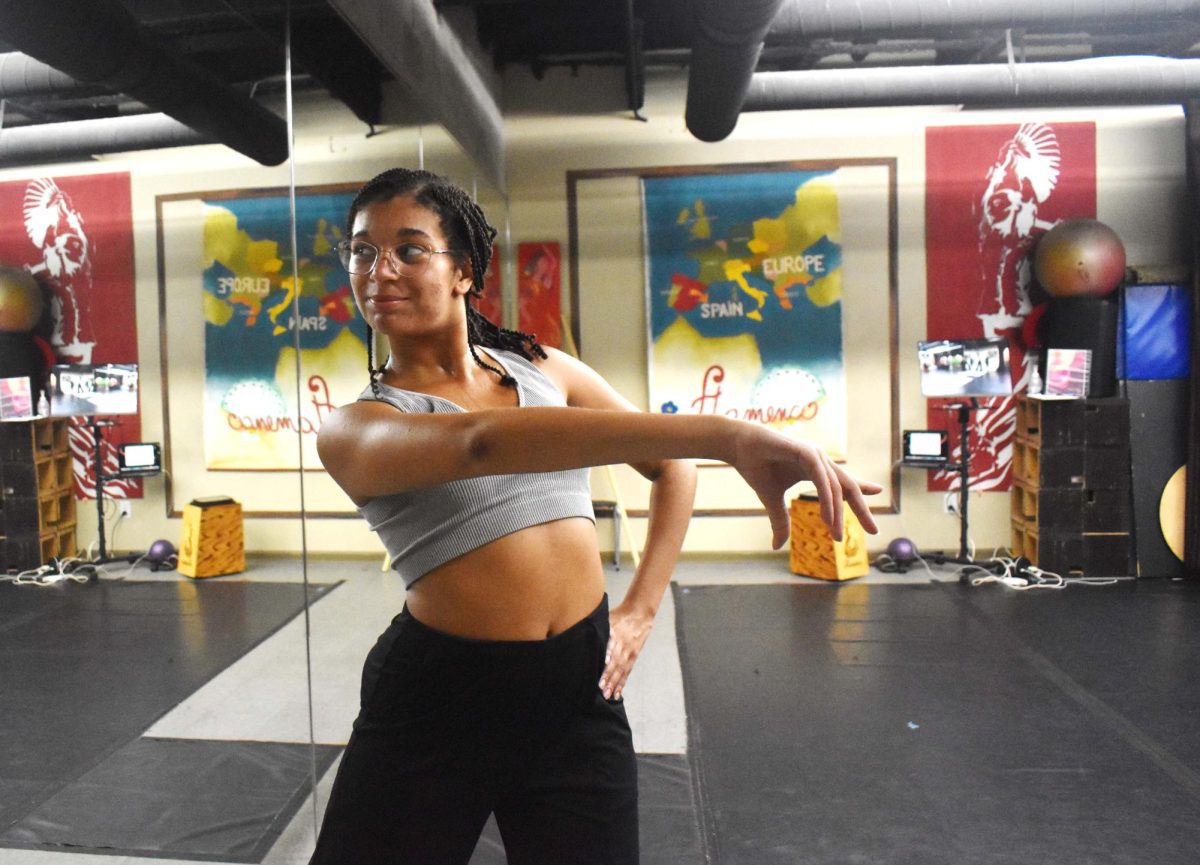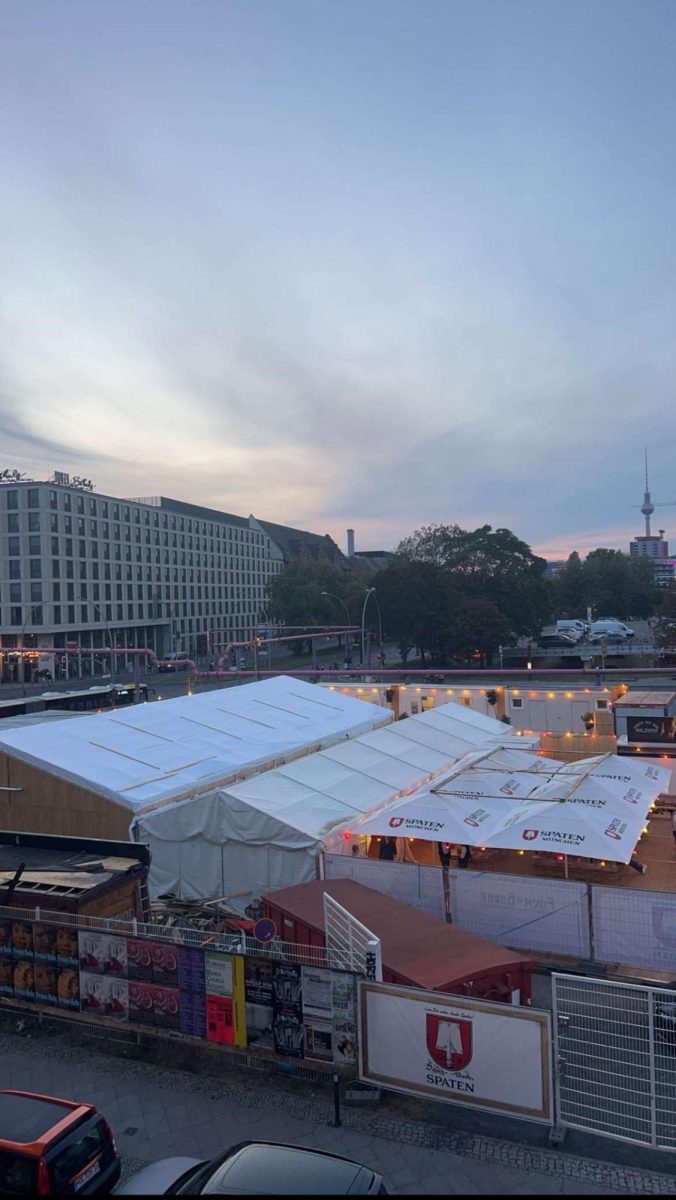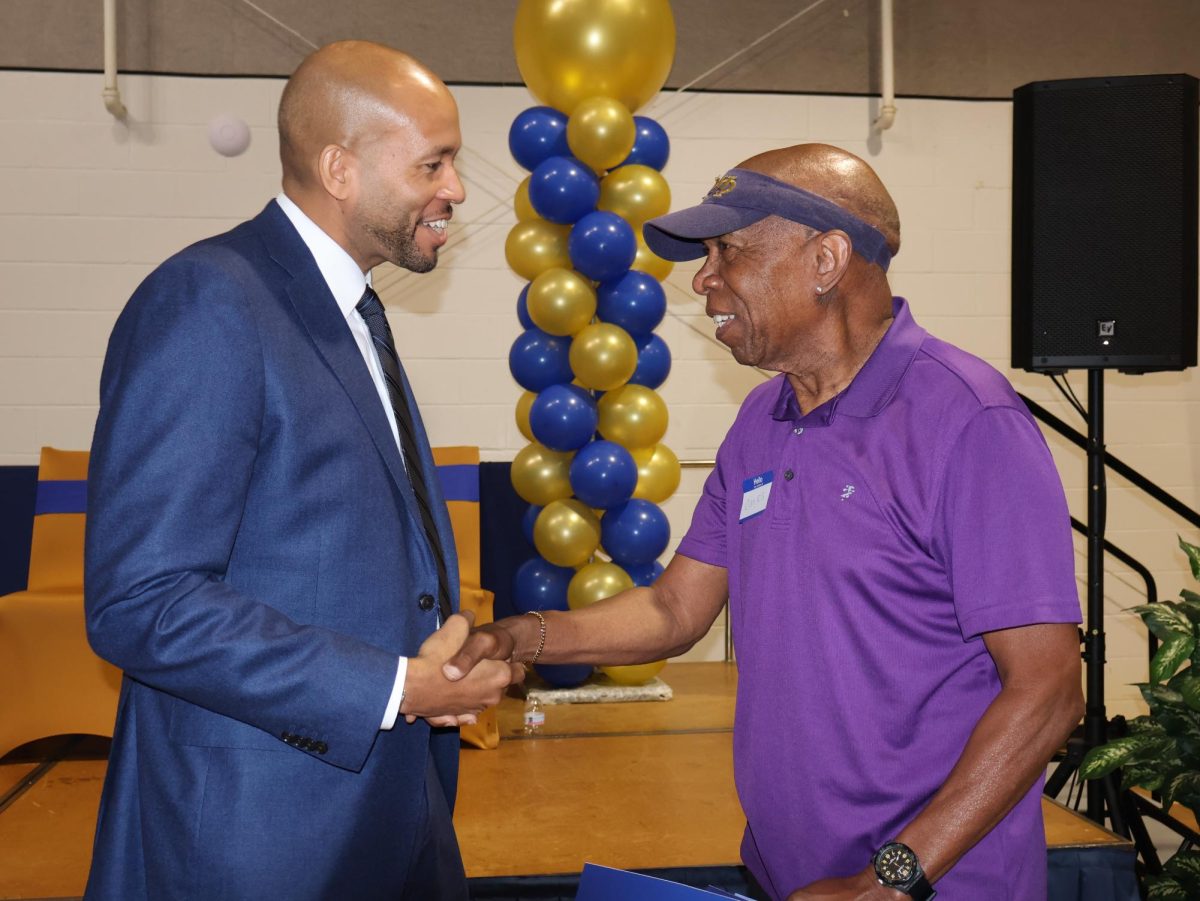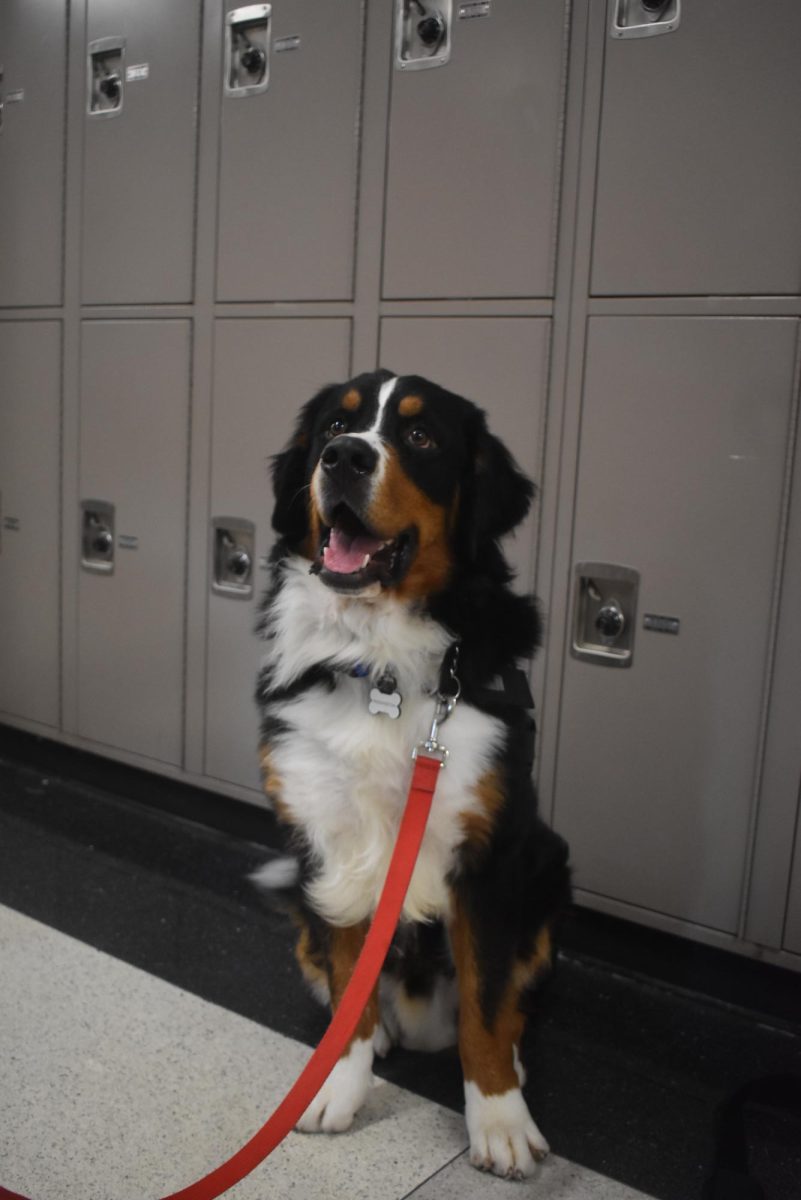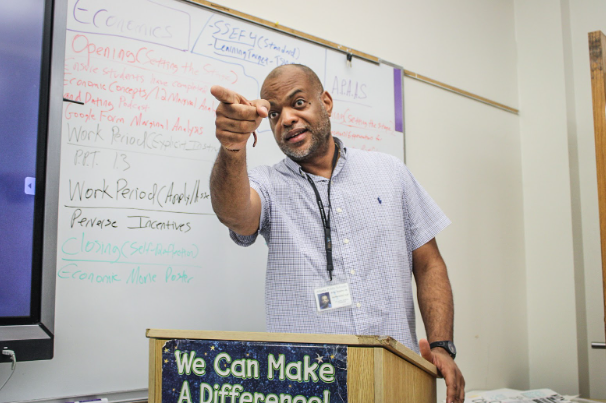This past weekend, high schooler’s sculptures, sketches, paintings, pottery, photographs and multimedia were displayed at the Dogwood Festival’s Atlanta High School Art Exhibition.
Since its beginning in the late 1970s, the Atlanta High School Art Exhibition has given high school artists in Georgia a chance to compete for prizes like scholarships and art supplies, while gaining valuable real-world experience.
“It’s a really unique, very high-level experience to come in and have your work on display at the Dogwood Festival in the middle of Atlanta with all those thousands of people,” Exhibition co-director John Brandhorst said. “It’s a way to see the immense number of schools and students that have amazingly strong art programs and are able to bring that quality of work. There are many different programs, lots of different approaches, and that diversity of voice is exactly what it’s trying to promote.”
Alexandra Scott, the Volunteer Coordinator for the exhibition, explained that the pieces submitted by more than 80 schools are reviewed by a panel of judges who choose what will be featured in the Exhibition, as well as their top ten pieces and ten honorable mentions. Aside from just the prizes, students can sell their artwork to people visiting the exhibition.
“Approximately 220 pieces were juried in from 700 to 800 pieces that were submitted,” Scott said. “Some of them are also for sale, as indicated on the name tag. The teachers were asked when they filled out the [application] if the student wanted to sell the pieces. Most of the time, students don’t want to sell their artwork because they can’t reproduce it. But there are a few pieces out there, especially the photography that could be easily reprinted. So far we have had two photographs that were purchased yesterday.”
Midtown sophomore Avery Frank was one of more than 700 artists to submit work. Her photograph “The Garden” was selected to be displayed at the exhibition.
“My photography teacher was encouraging people to enter into the Dogwood competition,” Frank said. “Sophomores don’t usually get in, so I was like, ‘I might as well just put something in.’ We looked at some of my film from my grandparents’ farm and she really liked these two pictures. There were seven or eight other entries from Midtown photography, but most of them were [in the] Photo Four and Photo Three [classes], which are seniors and juniors. I wasn’t expecting to get in but then [the photography teacher] announced it and I was really excited.”
Frank appreciates the judges’ consideration of why pieces were created as a part of their judging process.
“It was cool that they also looked at the reasoning behind the artwork,” Frank said. “The photo that I took was of my grandparents’ farm, but they’re older now, so they haven’t kept the farm really nice and pretty. I wrote about how it reminded me of what once was. And I guess that was part of the reason that it got in. [The judges] actually understand why someone made the piece that they made or why they printed the piece that they had.”
Scott has been part of the exhibition for over 25 years and said she has seen tremendous growth.
“I heard about it when I first started teaching,” Scott said. “At that point in time, it was very small and it was down at Woodruff Park by Georgia State. It’s been at this location in the Conservancy Building now for probably five or six years. It’s nice to have it inside because the weather can be very unpredictable, so it’s nice to have the artwork protected.”
In recent years, artists have found a new way to compete, the Art Throwdown.
“We had the Throwdown yesterday and Mr. Brandhorst from Midtown High School was the organizer for that,” Scott said. “We had a lot of schools out here competing right outside of the exhibit. That’s been a nice compliment to what’s happening in the building, to have the students outside of the gallery making art and having it judged live by artists. It’s been just a really nice relationship.”
Before the Throwdown, the exhibition’s competition was solely about what pieces were accepted and which ones placed. Now, the Throwdown incorporates live competition elements from sports and other subjects.
“Art Throwdown is a way for student artists to compete directly with other students head to head in the way that almost every other subject and sport finds normal,” Brandhorst said. “Prior to this, it was really only the exhibition where students from different schools would come together with their work, they’d hang it on the wall, but there was no live competition necessarily.”
Art Throwdown was developed by Brandhorst around 20 years ago.
“We wanted to find a way to make it more like a sport, to have the same kind of itinerary, the same respect, coaching, funding, buses, all the things that most other programs enjoy,” Brandhorst said. “So in about 2005, me and a man named Jeff Mather invented Throwdown. We created competitions over at StudioPlex. We had a series of different drawing and painting and sculpture challenges: on your mark, get set, go, they would make the work and then a professional judge [would judge the pieces].”
After that, the Throwdown experienced tremendous growth, such as branching out into spaces, like at the Dogwood Festival.
“From there, the challenges have diversified,” Brandhorst said. “We’ve had competitions, not only at StudioPlex, but at the Atlanta Botanical Garden, at SCAD, at the High Museum, at the Dogwood Festival, and a number of other locations. And that particular paradigm has now been added and is sort of growing nationally. It exists now in different forms all across the country. So I feel pretty pleased that that kind of thing started here.”
This year’s 16th annual Throwdown featured competitions from Face Off Speed Portraits to Landscape Painting, Fibonacci Sculpture, Lillian Blades Collage, One Shot Comic and even the Cartographic Challenge. These high-speed head-to-head competitions range from 30 to 90 minutes long.
“We had a very respected group of judges come in, professional artists from all different fields, professors in college, people who are now doing work on an international scale,” Brandhorst said. “It allows for us to be a networking opportunity for the students to meet professionals, for the professionals to meet each other, and to get that validation from the professional layer down to the high school level. That doesn’t happen very often. I’m happy to be living and working in the middle of a city that has so many opportunities for students to break through into the collegiate level and professional level.”


